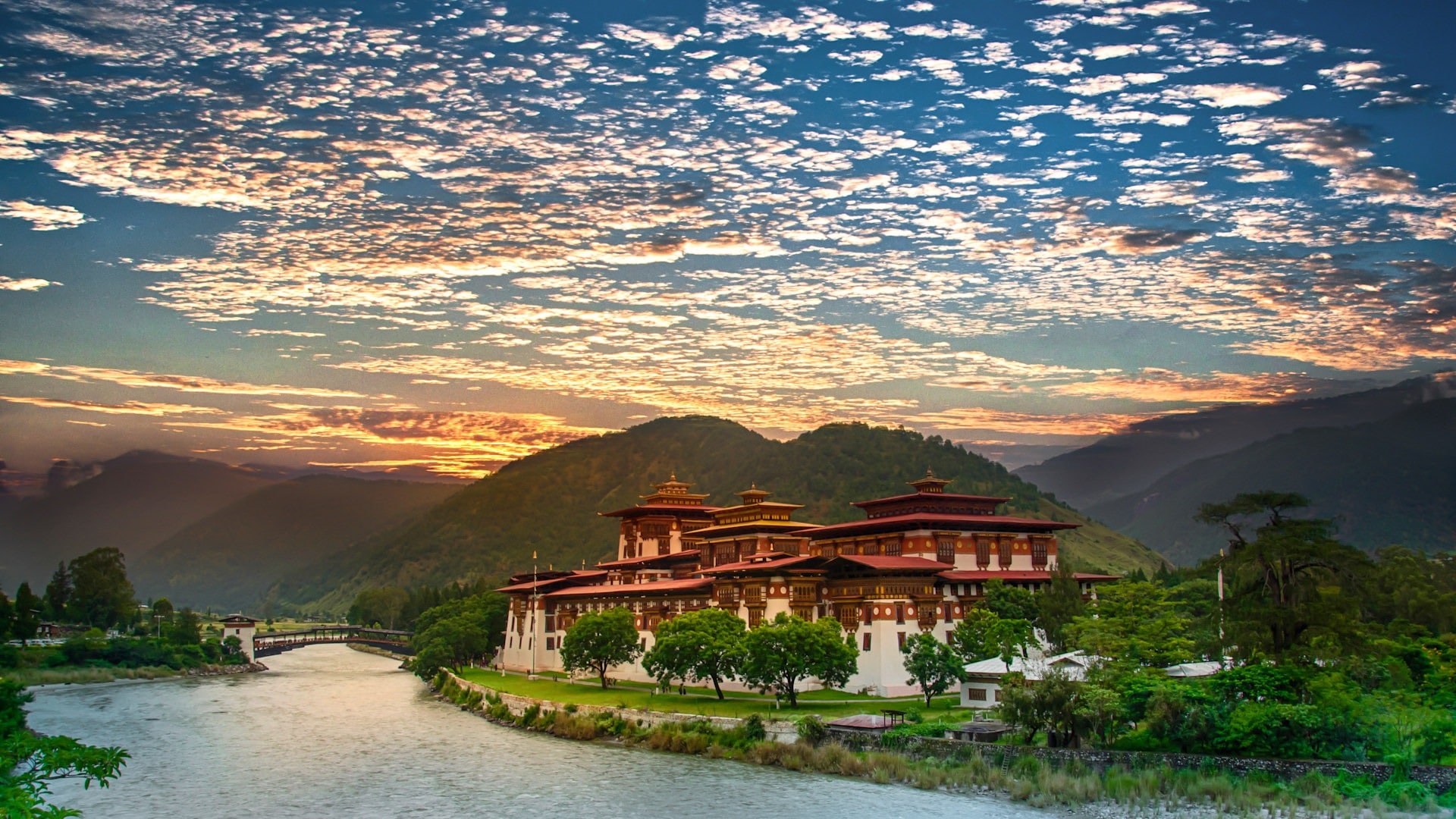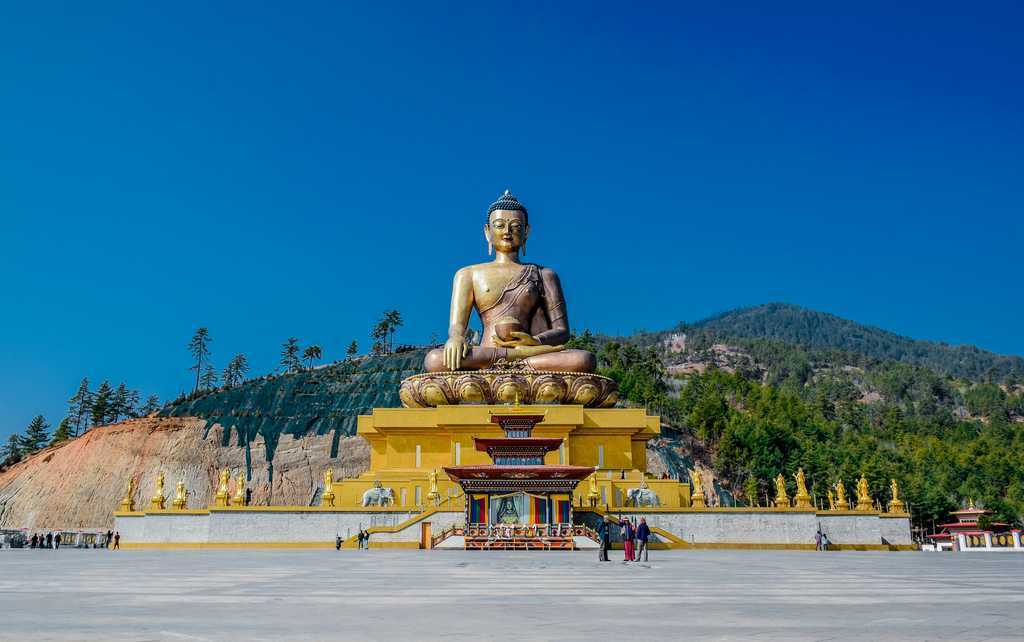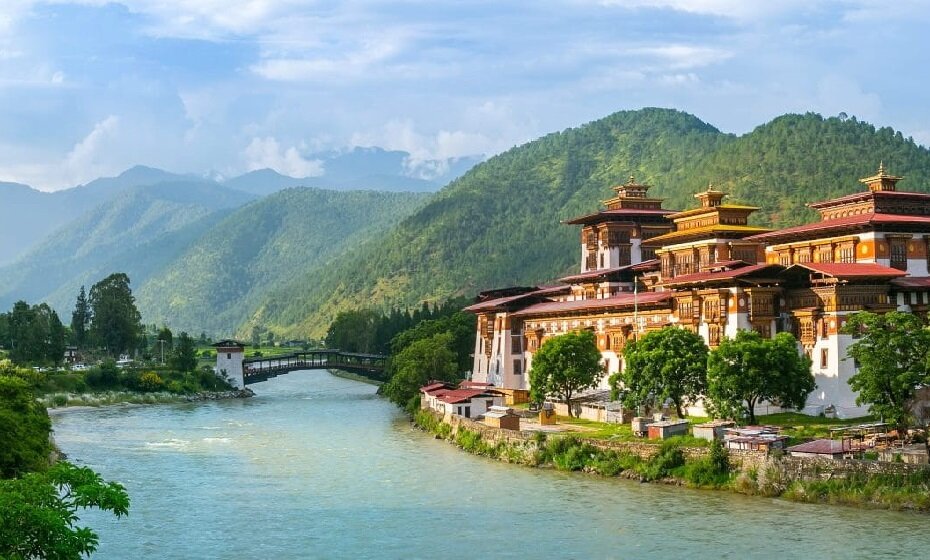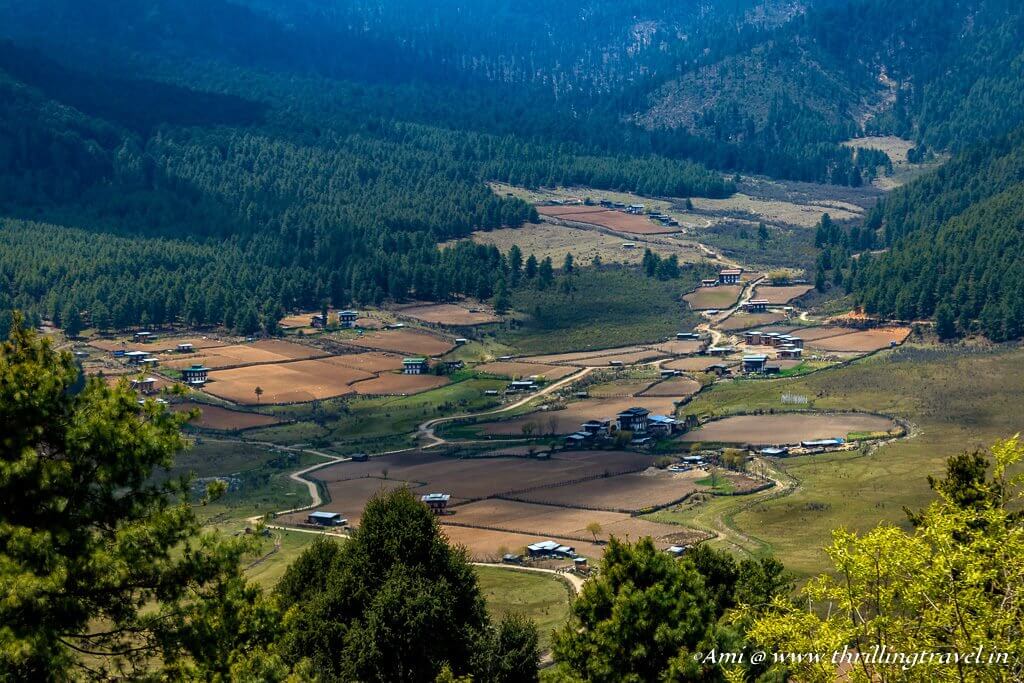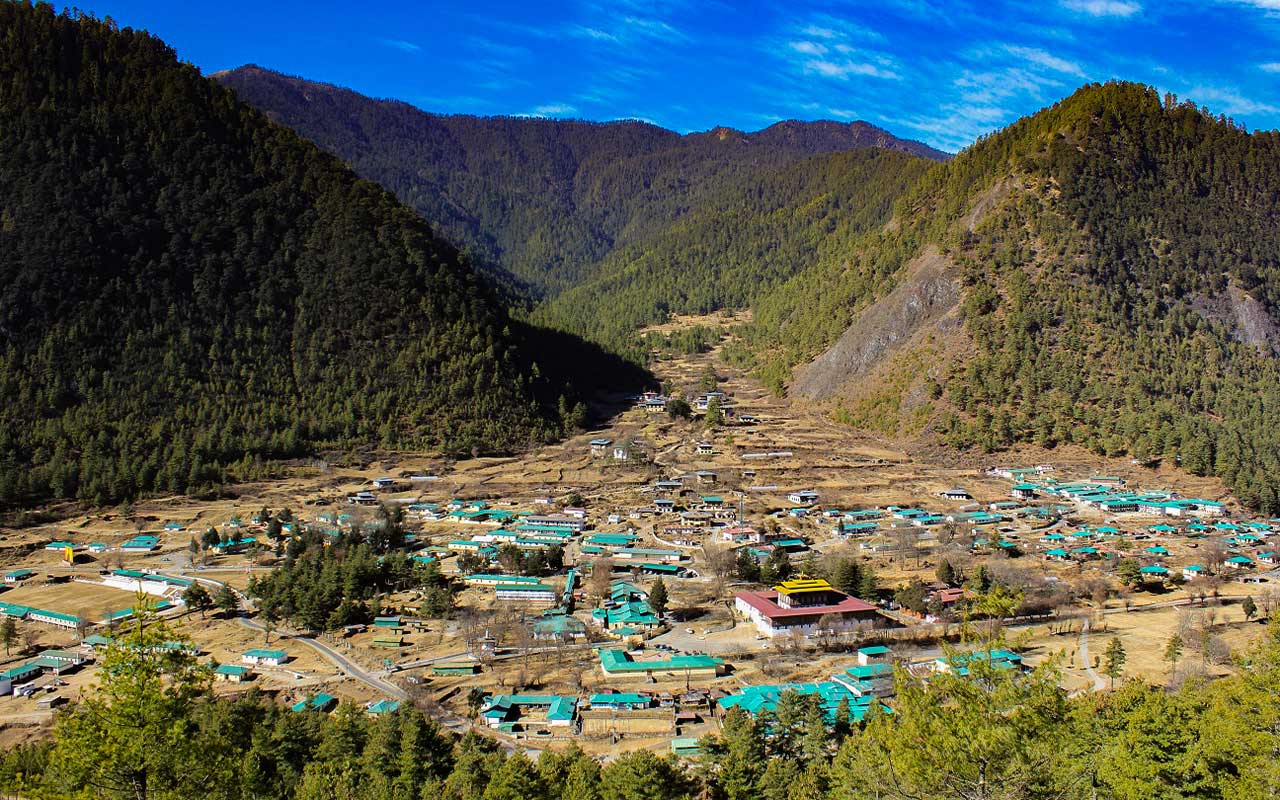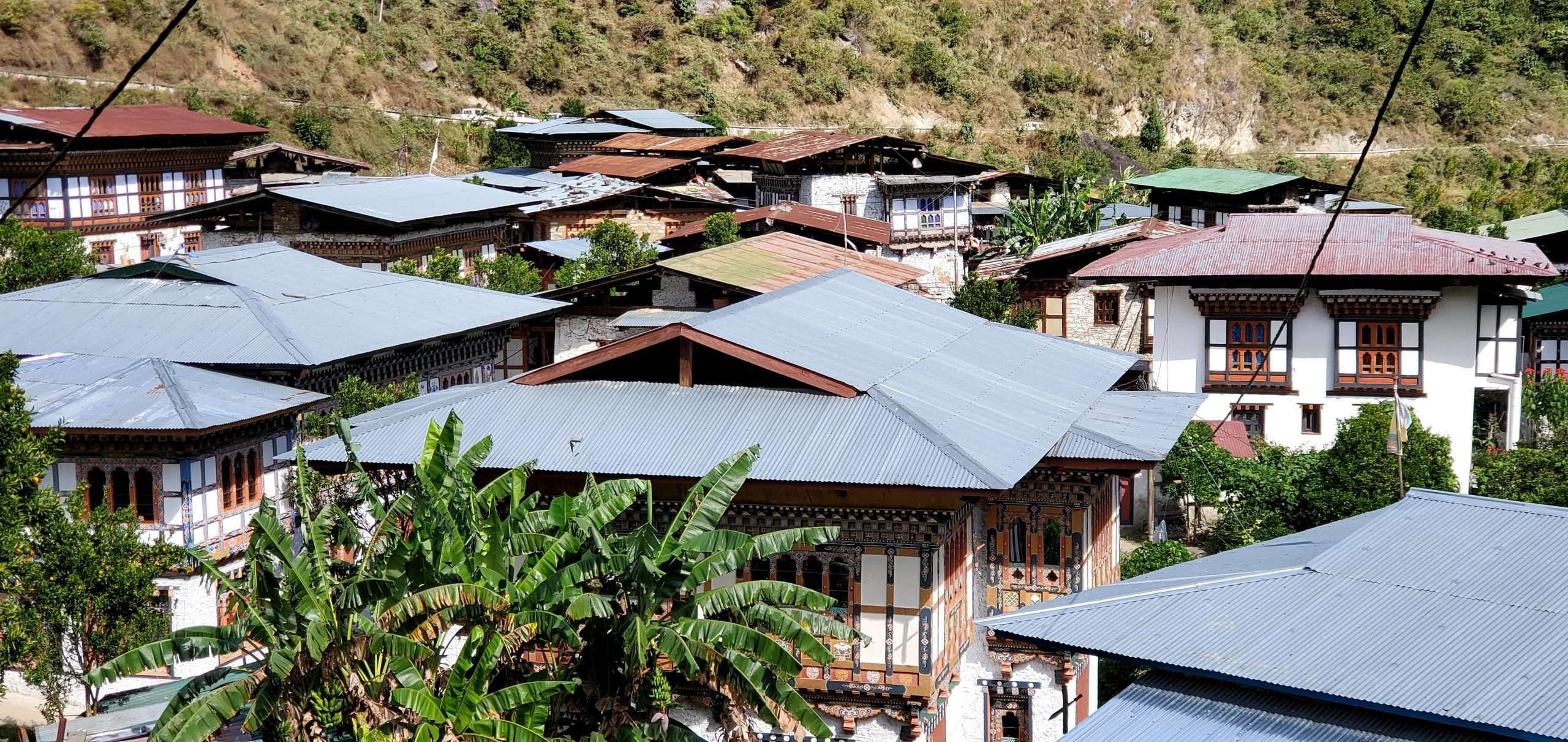Lhuntse Sightseeing Places
Lhuntse, located in the northeastern part of Bhutan, is one of the country’s most remote and culturally rich regions. Known for its picturesque landscapes, traditional villages, and strong ties to Bhutanese heritage, Lhuntse offers a unique glimpse into Bhutan’s rural life, making it a perfect destination for those seeking an off-the-beaten-path experience.
One of the main attractions in Lhuntse is the Lhuntse Dzong, a fortress that stands as a symbol of the region's historical and cultural importan ...
ce. The dzong, built in the 16th century, is an impressive structure perched on a hilltop, offering stunning views of the surrounding valleys and mountains. The dzong is an active monastery and administrative center, and visitors can explore its architecture, temples, and the vibrant spiritual life that thrives within its walls.
Lhuntse is also famous for its textile heritage, particularly the production of Bhutan’s traditional handwoven fabrics. The region is known for its distinctive Lhuntse Weaving style, which produces intricately patterned textiles used to make Bhutanese garments, such as the gho and kira. Travelers can visit local weaving centers to observe the traditional weaving techniques and even purchase handmade textiles as souvenirs.
The Kuri Chhu River is another highlight of Lhuntse, offering serene landscapes and opportunities for outdoor activities. The river flows through lush forests and valleys, providing a perfect setting for hiking, fishing, and nature walks. The Gasa Dzong and Chorten Kora, located nearby, are also significant religious sites worth visiting.
Lhuntse is a remote destination that is less visited than other parts of Bhutan, making it an ideal place for travelers seeking tranquility, natural beauty, and cultural authenticity. The region offers a perfect blend of historical landmarks, natural wonders, and traditional Bhutanese craftsmanship, making it an unforgettable stop for those exploring the heart of Bhutan.
Quick Navigation
1. Lhuentse Dzong
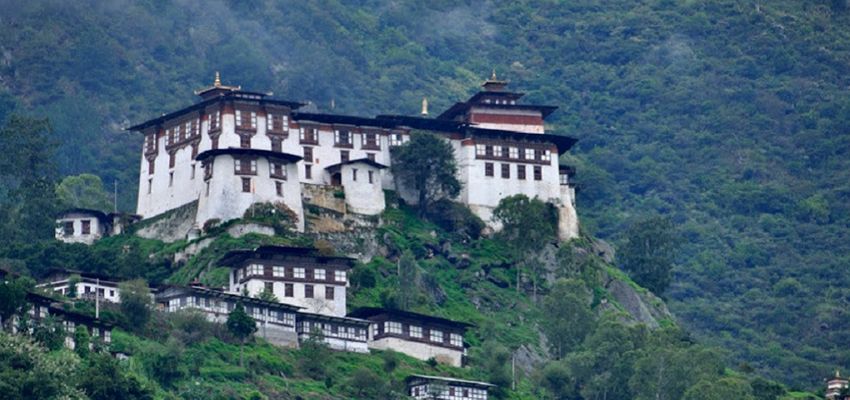 ( Lhuentse Dzong is the most visited sightseeing place in bhutan and mostly tourists must visit here )
( Lhuentse Dzong is the most visited sightseeing place in bhutan and mostly tourists must visit here )
Lhuentse Dzong Sightseeing
Lhuentse Dzong, perched on a rocky ridge overlooking the Kurichu River, is one of the most spectacular and historically significant fortresses in eastern Bhutan. Originally built in the 17th century by Mingyur Tenpa, the dzong serves as the administrative and religious center of the Lhuentse district. The fortress has deep ties to Bhutan’s royal family, as the ancestors of the Wangchuck dynasty originated from this region.
The dzong’s striking architecture, with its towering whitewashed walls, intricate woodwork, and golden rooftops, makes it a mesmerizing sight. Within its courtyards, visitors will find several temples, including the Goenkhang, dedicated to protective deities, and the main prayer hall adorned with exquisite murals and Buddhist relics. The dzong also serves as a monastic school, where monks engage in meditation and religious studies.
2. Khoma Village
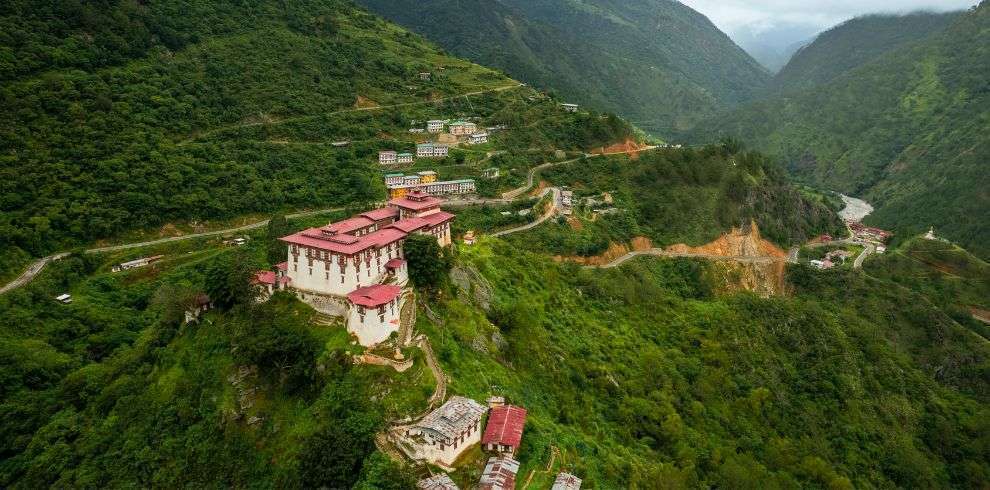 ( Khoma Village is the most visited sightseeing place in bhutan and mostly tourists must visit here )
( Khoma Village is the most visited sightseeing place in bhutan and mostly tourists must visit here )
Khoma Village Sightseeing
Khoma Village, located a short drive from Lhuentse Dzong, is renowned for its exquisite Kishuthara textiles, some of the most elaborate and intricate woven fabrics in Bhutan. The village is home to skilled weavers, predominantly women, who have mastered the art of traditional handloom weaving, passing down their expertise through generations.
Walking through Khoma, visitors can witness the painstaking process of weaving, where artisans use backstrap looms to create intricate patterns and vibrant designs. The textiles produced here are highly prized, often worn by Bhutanese royalty and used for ceremonial occasions. Some pieces take months to complete, showcasing the dedication and skill of the weavers.
3. Takila Guru Rinpoche Statue
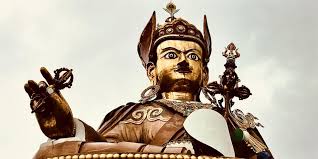 ( Takila Guru Rinpoche Statue is the most visited sightseeing place in bhutan and mostly tourists must visit here )
( Takila Guru Rinpoche Statue is the most visited sightseeing place in bhutan and mostly tourists must visit here )
Takila Guru Rinpoche Statue Sightseeing
One of the most awe-inspiring landmarks in Lhuentse is the Takila Guru Rinpoche Statue, a towering 173-foot bronze statue of Guru Padmasambhava, making it one of the largest statues of the revered Buddhist master in the world. Situated in Takila, a sacred site with strong spiritual significance, the statue was built to bring peace, prosperity, and harmony to Bhutan and the world.
Surrounded by pristine forests and rolling hills, the statue’s location provides a tranquil setting for meditation and prayer. The complex features a temple at the base of the statue, housing Buddhist relics, murals, and statues of deities associated with Guru Rinpoche. Devotees and monks frequently visit to offer prayers, light butter lamps, and seek blessings.
4. Dungkar Nagtshang
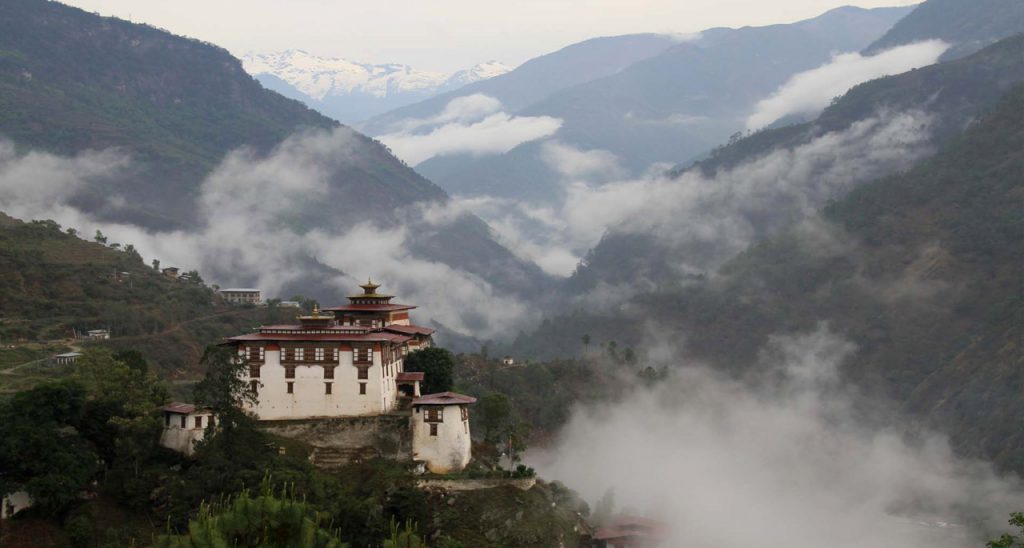 ( Dungkar Nagtshang is the most visited sightseeing place in bhutan and mostly tourists must visit here )
( Dungkar Nagtshang is the most visited sightseeing place in bhutan and mostly tourists must visit here )
Dungkar Nagtshang Sightseeing
Dungkar Nagtshang is a significant ancestral home of the Wangchuck dynasty, Bhutan’s royal family. Located in the remote Dungkar village, this traditional Bhutanese manor stands as a symbol of the deep-rooted history and heritage of the country’s monarchy. It is believed that the ancestors of the first king of Bhutan, Ugyen Wangchuck, once resided here, making it an important historical site.
The manor’s architecture is a fine example of traditional Bhutanese construction, featuring intricately carved wooden windows, stone walls, and a grand central courtyard. Inside, visitors can find religious relics, ancient manuscripts, and murals depicting the spiritual and historical significance of the Wangchuck lineage.
5. Menji Village and Lhuentse Trekking Trails
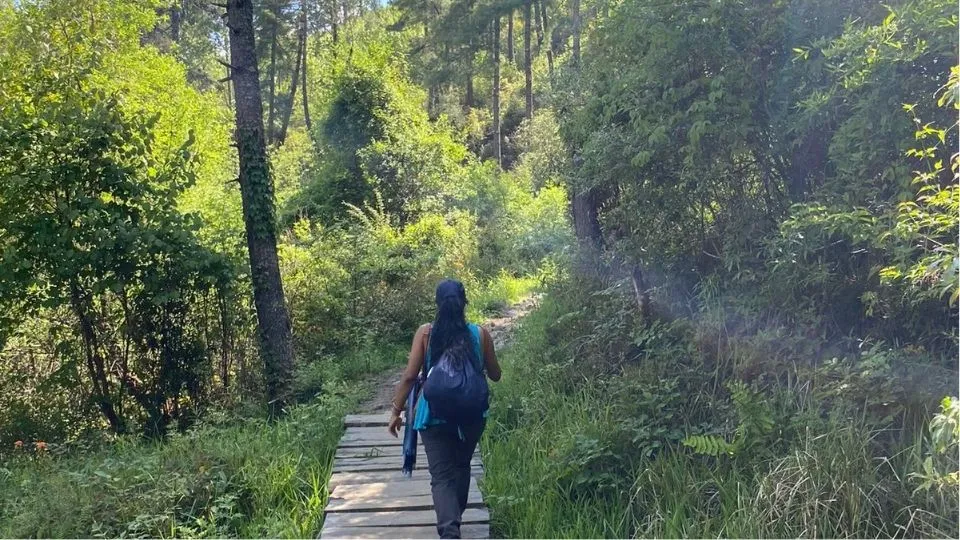 ( Menji Village and Lhuentse Trekking Trails is the most visited sightseeing place in bhutan and mostly tourists must visit here )
( Menji Village and Lhuentse Trekking Trails is the most visited sightseeing place in bhutan and mostly tourists must visit here )
Menji Village and Lhuentse Trekking Trails
For nature lovers and adventure seekers, Lhuentse offers some of Bhutan’s most pristine and untouched trekking routes. One of the most scenic trails leads to Menji Village, a remote settlement surrounded by dense forests and dramatic mountain landscapes. The trek to Menji takes visitors through diverse terrain, including lush meadows, rhododendron forests, and high-altitude pastures where yaks graze.
Menji Village provides a glimpse into traditional Bhutanese rural life, with simple stone houses, terraced fields, and friendly locals who warmly welcome visitors. Travelers can experience authentic Bhutanese hospitality, enjoy home-cooked meals, and learn about the daily life of the villagers.
6. Jangchubling Monastery
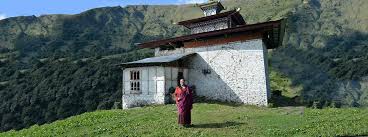 ( Jangchubling Monastery is the most visited sightseeing place in bhutan and mostly tourists must visit here )
( Jangchubling Monastery is the most visited sightseeing place in bhutan and mostly tourists must visit here )
Jangchubling Monastery Sightseeing
Jangchubling Monastery, a serene and secluded Buddhist monastery, is one of Lhuentse’s hidden spiritual gems. Situated on a hilltop, the monastery offers a peaceful retreat for monks and visitors seeking solace and meditation. The monastery follows the Nyingma tradition of Tibetan Buddhism and serves as a center for Buddhist teachings and practices.
The architecture of Jangchubling reflects Bhutan’s traditional monastic design, with intricate paintings, prayer wheels, and meditation halls. Inside, visitors can see ancient Buddhist scriptures, thangkas, and statues of deities associated with the monastery’s lineage. The monks residing here follow a disciplined lifestyle, dedicating their time to prayers, rituals, and meditation.
Categories

Request a call back
Our experts would love to create a package just for you!







